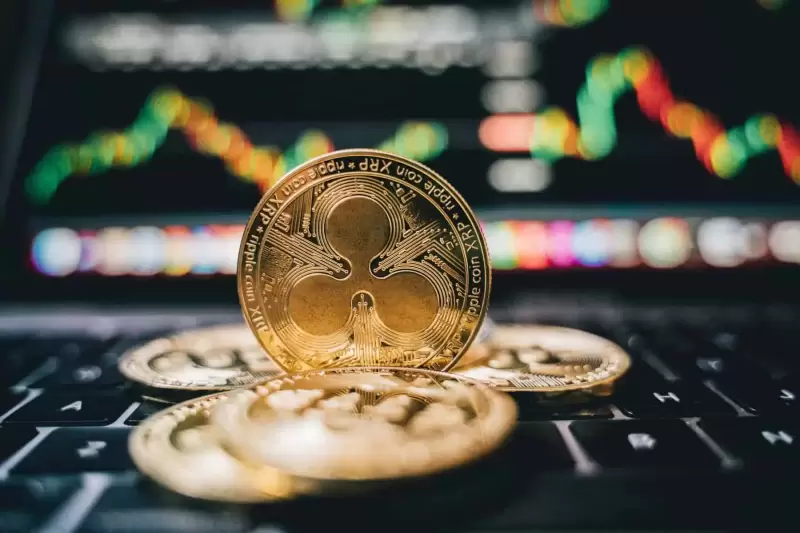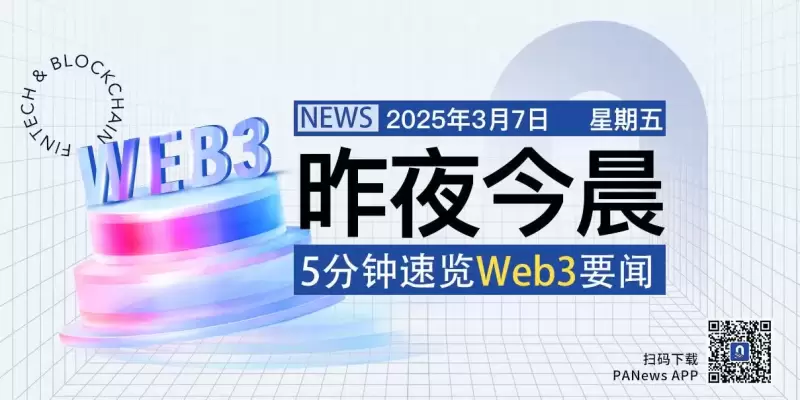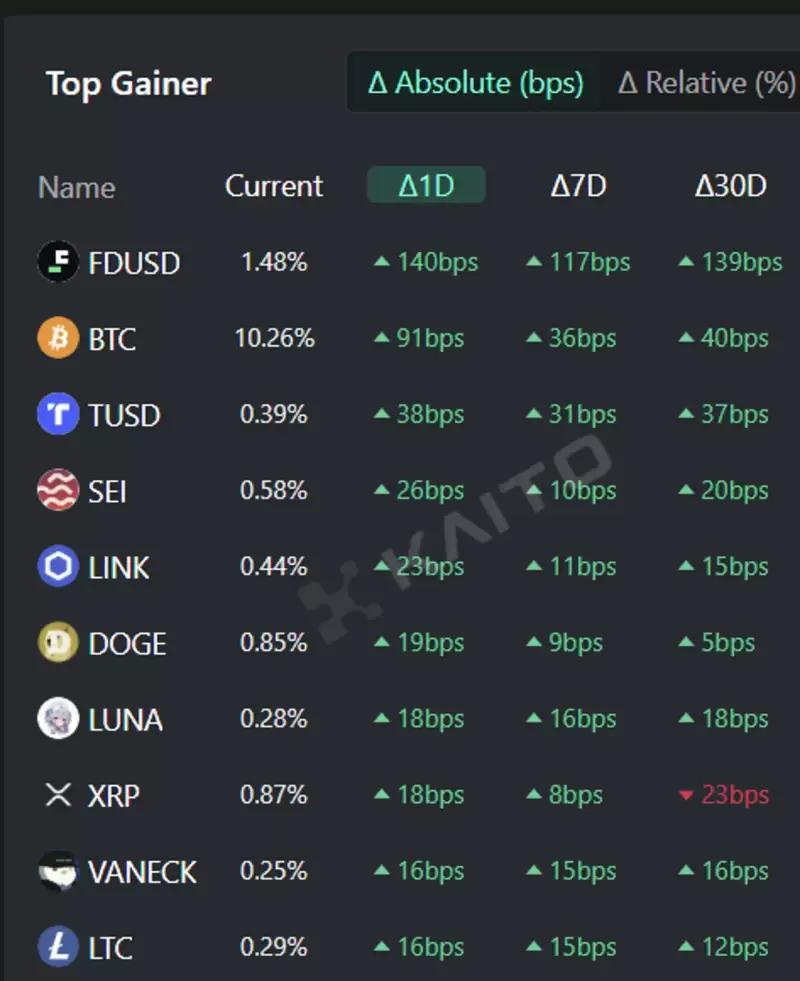 |
|
 |
|
 |
|
 |
|
 |
|
 |
|
 |
|
 |
|
 |
|
 |
|
 |
|
 |
|
 |
|
 |
|
 |
|
Cryptocurrency News Articles
Solana Community to Review a Governance Proposal, SIMD-0228, Aiming to Drastically Cut the Network's Token Inflation Rate by 80%
Feb 28, 2025 at 04:28 am
The Solana blockchain community is reviewing a governance proposal, SIMD-0228, which aims to drastically cut the network's token inflation rate by 80%.

Multicoin Capital partners Tushar Jain and Vishal Kankani, together with Anza’s Lead Economist Max Resnick, have authored a Solana governance proposal, SIMD-0228, to drastically cut the network’s token inflation. The proposal aims to transition Solana’s fixed token issuance model to a dynamic, market-driven system, with voting scheduled to commence on March 6, 2025, during epoch 753.
Solana currently operates under a predetermined inflation schedule, starting with an 8% annual inflation rate that decreases by 15% each year, targeting a long-term rate of 1.5%. However, this fixed model has been subject to criticism for potentially overcompensating validators and stakers, leading to unnecessary token emissions that may exert downward pressure on SOL’s market value.
Additionally, the existing structure could inadvertently discourage participation in decentralized finance (DeFi) activities, as high staking rewards may incentivize token holders to lock up their assets rather than engage with the broader ecosystem.
To mitigate these issues and foster a more balanced economic landscape, SIMD-0228 proposes a variable-rate emission system that adjusts based on the network’s staking participation. The core idea is to align token issuance with the proportion of SOL tokens actively staked.
If the staking participation rate is above a specified threshold (initially proposed at 50%, later adjusted to 33%), the annual inflation rate will decrease. For instance, if the goal is to reduce the MSI (annual inflation) from the current 4.5% to 0.87%, and the desired reduction in MSI is 100%, then the required change in the variable payout will be around -0.65. This will be achieved by decreasing the variable payout from the current 0.28 to -0.37, and adjusting the MSI accordingly.
Conversely, if the staking participation rate falls below the threshold, the emission rate will increase to incentivize more staking, ultimately enhancing network security and decentralization.
This adaptive approach balances the dual objectives of maintaining robust network security through sufficient staking participation and fostering a healthy, inflation-controlled economic environment. The goal is to achieve a sustainable economic framework that supports long-term value creation for all stakeholders.
This proposal has sparked significant discussion within the Solana community. Co-founder Anatoly Yakovenko is among the proponents, highlighting the need for a pragmatic solution to correct existing inefficiencies and reduce inflation and selling pressure, ultimately promoting a more sustainable economic framework for the network.
However, concerns have been raised regarding the potential impact on smaller validators and network decentralization. Critics suggest that smaller validators will be disproportionately affected by the reduced staking rewards, potentially leading to a concentration of power among larger entities and undermining the network’s decentralized ethos.
Moreover, there is apprehension that increasing inflation rates during periods of low staking participation could erode market confidence, triggering a negative feedback loop of token sell-offs and further declining staking participation.
As the voting period approaches, stakeholders are urged to join the ongoing conversations, carefully consider the proposal’s potential effects, and cast their votes to help decide the economic future of the Solana network.
Disclaimer:info@kdj.com
The information provided is not trading advice. kdj.com does not assume any responsibility for any investments made based on the information provided in this article. Cryptocurrencies are highly volatile and it is highly recommended that you invest with caution after thorough research!
If you believe that the content used on this website infringes your copyright, please contact us immediately (info@kdj.com) and we will delete it promptly.
-

- Ripple (XRP) Introduces Its RLUSD Stablecoin to the Stablecoin Market
- Apr 03, 2025 at 04:00 pm
- Ripple introduced its RLUSD stablecoin to the stablecoin market through its launch on Kraken cryptocurrency exchange. The USD-pegged stablecoin aims to boost its cross-border payment functions and integrate with the payment platform.
-

-

- Bitcoin (BTC) Price Consolidation May Be Precursor to a Market Drop, Analyst Says
- Apr 03, 2025 at 03:55 pm
- Bitcoin has seen a notable price consolidation over the past few weeks, trading between the $84,000 and $86,000 levels. Despite the initial surge in price, the cryptocurrency has faced a decline of 3.7% in the past week and nearly 10% in the past month, signaling a period of stagnation in its upward momentum.
-

- The OFFICIAL TRUMP price plummeted over 9% in the last 24 hours to trade at $9.29
- Apr 03, 2025 at 03:55 pm
- The drop in the TRUMP price comes after US President Donald Trump signed an executive order establishing reciprocal tariffs on trading partners and a 10% baseline tariff on all imports from all countries.
-

-

-

- FDUSD, BTC, TUSD, SEI, and LINK are the top 5 virtual asset-related keywords attracting the most interest
- Apr 03, 2025 at 03:45 pm
- According to the Token Mindshare (a metric quantifying the influence of specific tokens in the virtual asset market) top gainers from the AI-based Web3 search platform Kaito
-

-





























































